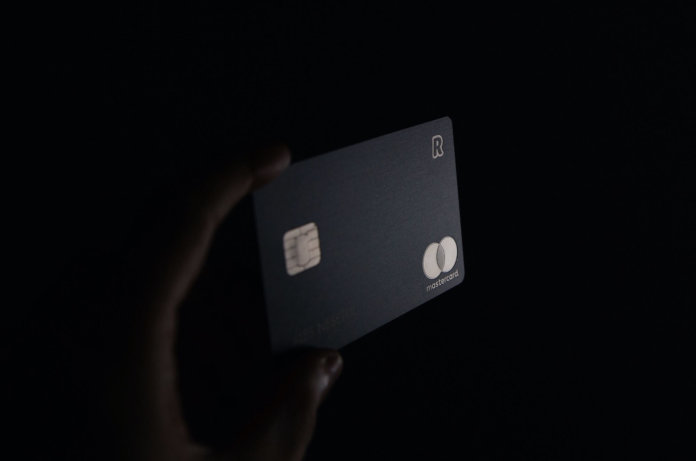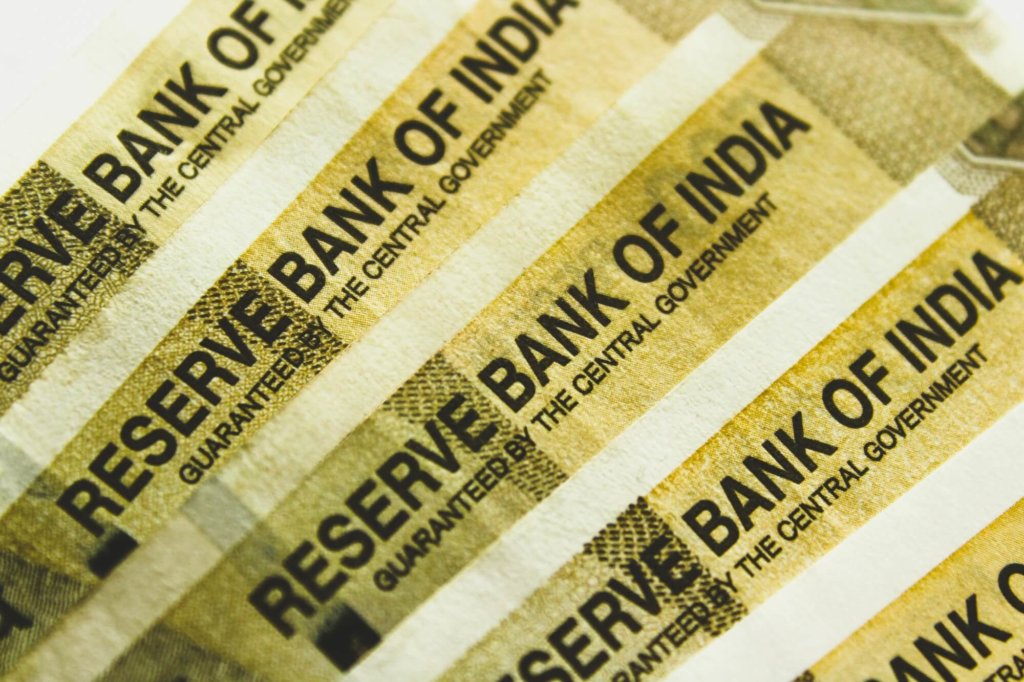
For millennia, humans have utilised systems of worth to exchange goods and services. Cashless societies existed operating on various payment models. Bartering, exchanging goods in agreed-upon quantities, led to rudimentary monetary systems – cowry shells, salt, feathers and peppercorns were the coins and bills of prehistory.
These systems evolved over time to use rare metals, the first coins were minted, and eventually, the advancement of printing technology enabled governments to produce legal tender from paper, cotton and plastic.
Now, we are facing another monetary revolution brought on by the information age. Consumers are relying less on physical currency, and businesses around the world are restructuring to incorporate cashless payments.
The cashless future approaches and digital payment systems are the drivers behind its inexorable march.
“In countries where cashless payments make up the majority of sales transactions, consumer payment trends are influencing how businesses finalise sales.”
Cash or Card
A cashless future is hard to imagine without the credit card. Fifty years have elapsed since IBM’s introduction of the magnetic stripe, and card technology (similar to other digital technologies) has evolved exponentially. Though in use until only recently, carbon paper card imprinters are already a distant memory. Each advancement compounds a groundswell of support for virtual credit card payments. Each innovation brings an added layer of convenience – a highly sought after quality in the age of information.
Convenience drives the conversion from conventional payments to virtual and contactless. Consumers no longer have to carry or replenish cash, and daily tasks have been streamlined. Canadians, for example, can handle every purchase and bill through applications on their smartphone.

The cashless advantage extends to retailers as well. The elimination of costly cash exchange translates to considerable savings at the point of sale. Accounting processes are made simpler as every transaction is recorded automatically when made, decreasing sales input times, cash handling errors and mistakes in documentation.
In countries where cashless payments make up the majority of sales transactions, consumer payment trends are influencing how businesses finalise sales.
Businesses cannot overlook the fact that customer convenience is a significant selling point. In places where cashless transactions have become the norm, the absence of cashless options can be a deterrent. In a cashless future, businesses that fail to accommodate consumer payment preferences may suffer as a result.
“…Contactless technology has advanced considerably – so much so that the need for a PIN might soon be eliminated.”
Contactless
Another significant factor is the enhanced security cashless payment systems now provide. Previously, card payment security relied on personal identification numbers (PIN) or card security codes (CSC) – methods that require password encryption and user input to finalise sales. Repeated at every single transaction, the process is time-intensive for consumers and businesses alike.
User input is still the primary method in most places, notably the US, where contactless payments make up less than 10 per cent of purchases. However, in the last decade, contactless technology has advanced considerably – so much so that the need for a PIN might soon be eliminated.
The technology behind contactless payments is based on radio frequency identification (RFID) or near field communication (NFC). RFID is when electronic information is embedded into an object. NFC happens when electromagnetic fields detect nearby objects that carry coded tags. Machines then interpret these tags without the need for contact or line of sight. The result is ultra-fast processing times that make payments near-instantaneous.
Consumers may recognise an early form of NFC from Hasbro’s 1990s Star Wars collectables. The toys used the technology when in close proximity to their base, allowing for the communication of simple phrases. Nowadays, it has become common practice in tickets, posters, metropolitan transit passes and smartphone payment applications.
Both Apple Pay (2014) and Android Pay (2015) allow users to make purchases through sites, apps and in-store with NFC. Specialised RFID tags replace user card numbers, keeping consumer information private and secure.
Pushback
Despite the efficacy of these measures, however, many are still hesitant to adopt the technology. Particularly in the case of smartphone payment methods, there exists the belief that consumers are susceptible to theft and, consequently, fraud.
Perhaps this is because the security systems used in the world of cashless transactions are not easily relatable. No longer does security ride in an armoured vehicle and wear a bulletproof vest.
The more advanced platforms employ phone tracking, remote locking and data erasing to protect consumers from exploitation. Furthermore, consumers in most countries are limited to purchases as high as US$120 or less as an additional security measure against fraud. In some cases, there are even limits to the daily frequency of contactless payments.
“Governments have a vested interest in the shift, because cashless transactions, for the most part, are traceable, which means they’re also taxable.”

Out of the Black
For countries like Canada, boasting a formalised digitally integrated economy, the transition will be seamless. It’s likely that many Canadians won’t even notice. However, countries that rely heavily on the black economy, where undocumented transactions are made under the table in cash, will have to change drastically in the process of going cashless.
Governments have a vested interest in the shift, because cashless transactions, for the most part, are traceable, which means they’re also taxable.
For citizens who operate in the black, however, the rise of cashless will have mixed implications. Some tribal people, for example, who can’t or don’t want to open bank accounts, will only be further disenfranchised as their cash loses its value.
As with the wholesale adoption of any technology, exercising caution is paramount. For a warning, look no further than India, which took the cashless payment model for a surprise test drive in late 2016 as the Central Bank cancelled large denomination bills overnight in a feigned bid to combat black money. Fortunes were made, regular people died in bank queues and the economy lost billions of dollars in the subsequent melee.p
Boon for Business
Never has it been easier for consumers to make purchases, and the data shows that this ease translates to consumers to make more purchases. Cashless technologies are having a huge impact on small to medium enterprises (SMEs).
In China, for example, mobile wallets, notably WeChat Wallet, allow even street vendors to take part. The technology has significantly increased their accessibility.
Businesses in the international consumer goods market are also benefitting from cashless’ universality. A new generation of tourists, particularly the growing Chinese middle class with increased purchasing power, is travelling abroad and spending record sums of money on foreign goods. Businesses in Japan have capitalised on this market by implementing virtual payment options that enable tourists to buy their goods without the need to exchange their currency.
Elsewhere, craftspeople and farmers have also seen an uptick in their customer base because virtual payment, along with the Internet, have given them the means to get their products to market without the need for brokers.
As long as barriers to entry remain low enough for everyone to take part, immense growth potential exists for businesses able to negotiate the cashless adoption curve.
“…Attracting the next generation of consumers means accepting their money through next-generation payment technology.”

The Future is Now
Sweden has taken cashless a step further, where thousands have embedded chips in their hands to replace cards. These implants’ capabilities are steadily increasing. Some have them linked to their social media, while others have coded them to serve as a house key.
Some industry experts worry that the chips will allow for the theft of biological data. However, the realisation of those fears remains to be seen, and there has been no significant backlash regarding their use as payment technology. Instead, the number of people with these implants continues to grow.
No matter what form it takes, for businesses, embracing cashless technology in one form or another is a step towards staying relevant in a rapidly changing economic environment. After all, cashless is no longer an if but a when, and attracting the next generation of consumers means accepting their money through next-generation payment technology.









